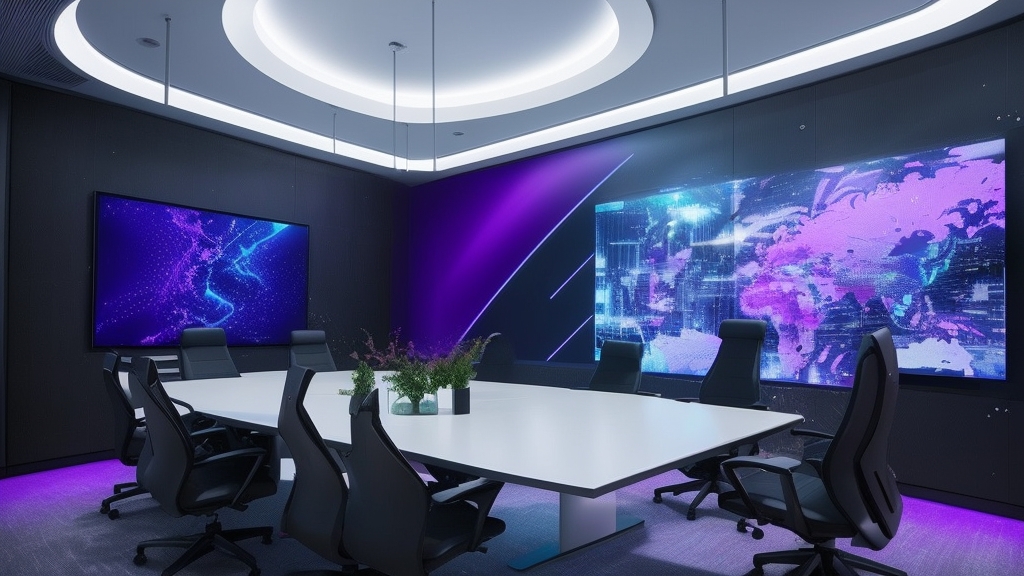The Ultimate Guide to Choosing the Right Projector for Your Needs
Selecting the perfect projector can be a daunting task given the vast array of options available in the market. Whether you’re setting up a home theater, preparing for a business presentation, or need one for classroom learning, understanding the key features and capabilities of projectors is crucial. Here’s what you need to consider before making your purchase.
Brightness and Light Output
The brightness of a projector is measured in lumens. The number of lumens you need depends on the environment where you’ll be using your projector.
- For home theaters: A dark room doesn’t require as many lumens, so 1,000 to 2,000 lumens might be sufficient.
- For business presentations: In well-lit rooms, you’ll likely need between 2,500 to 4,000 lumens to ensure the images are clear.
- For large venues: Brightness needs to be even higher – think in the range of 5,000 lumens or more.
Resolution
Resolution refers to the number of pixels that create the image. Higher resolutions mean sharper and more detailed images.
- SVGA (800×600 pixels): This is a low resolution suitable for basic presentations and graphics.
- 1080p (1920×1080 pixels): Ideal for HD movies and detailed images.
- 4K (3840×2160 pixels): The best resolution for an immersive viewing experience with lifelike detail.
Contrast Ratio
Contrast ratio measures the difference between the darkest blacks and the brightest whites a projector can produce. A higher contrast ratio means a richer and more detailed image quality, which is especially important for movies and videos.
Connectivity Options
Consider the types of devices you’ll want to connect to your projector. Common connectivity options include:
- HDMI: This is essential for high-definition sources like Blu-ray players or gaming consoles.
- USB: Some projectors allow playing media directly from a USB flash drive.
- VGA: This is important for older computers or laptops.
- Wireless: For ease of use and less clutter, wireless projectors are becoming increasingly popular.
Portability
If you need a projector for business travels or mobile presentations, look for ones that are lightweight and compact. Portable projectors typically weigh less than 5 pounds.
Additional Features to Consider
- Keystone correction: Adjusts the image if the projector is placed at an angle relative to the screen.
- Lens zoom: Provides flexibility in how far you can place the projector from the screen.
- Built-in speakers: While these are generally not as powerful as external speakers, they are convenient for casual use.
Conclusion
The best projector for you ultimately depends on how you plan to use it. Consider the environment, type of content, and your personal preferences when looking at features such as brightness, resolution, and contrast ratio. With the right projector, you can transform any viewing experience into something truly remarkable.
